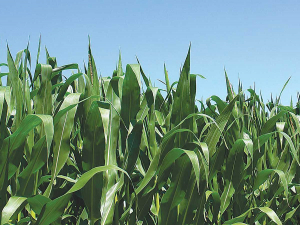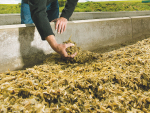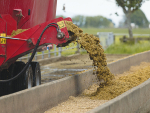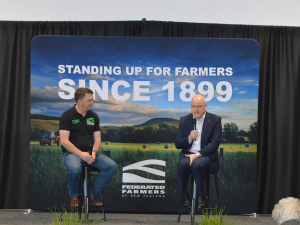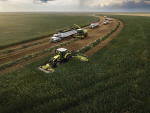It's that time of year again — planning for maize.
Calving is almost over, silage is being made from any surplus pasture or from ground that was in annual over winter, and paddocks are being chosen to be cropped.
After coming through another dry winter, it looks like spring may start early. Last season’s dry summer followed a dry winter. This years’ winter has been very dry as well and while most of us don’t want to think about the possibility of another dry summer, those farmers who are well planned will be in a better situation to cope with whatever the weather delivers.
Planning is key. It is important to plan your maize cropping programme early. Planning will help reduce last minute panics and will also increase the chance of getting a high yielding crop which is ready when you need it. Some important steps are:
Step 1: Decide the area to be planted. If you are planning to crop an area that has been planted in a winter crop, then this decision is easy. However, if you are taking paddocks out of pasture, you may want to choose your poorest producing paddocks, those which have been pugged, or paddocks which have excessive potassium which needs to be reduced by growing a maize crop.
Step 2: Decide when you need the maize silage. This will help determine both the hybrid and the target planting date. With better than average pasture cover levels, higher soil temperatures and lower soil moisture levels on many farms, earlier planting may be an option. A crop which is further through its development will be less impacted by summer dry weather conditions than one which is flowering and entering early grain fill on hot, dry days.
Step 3: Communicate early with your maize support team. This will include your merchant, contractor, and your local Pioneer representative. Ask the contractor to come to look at the area you are wanting to plant. They can check they can get through gates and down races and together you can work out an appropriate weed control and cultivation program before any ground is turned over. Liaising with the contractor early will allow them to put your farm into their work programme.
Step 4:Work with your support team to set a realistic yield expectation for your paddocks.This is important because it will impact what hybrid you use, what seeding rate you plant at and how much fertiliser you require.Generally, the higher the yield potential of your paddock, the more seed you should plant on a per hectare basis and the more nutrients your crop will require.
Step 5: Order the seed.Once you have completed the above steps, call your merchant. Many farmers have done this already through Pioneer’s Early Order Program but if you have not, get your order in as soon as possible to ensure you get the hybrid you want, on time.
Step 6: Do a soil test to make sure that you apply the right amount of fertiliser to your crop.Regulations around nutrient loss from farms are tightening. Applying the right amount of fertiliser to get a good crop of maize silage while at the same time, reducing the risk of nutrient loss is a no brainer.Wasted nutrients mean lost income and a damaged environment. Something no one wants.
Step 7: Organise the stock rotation to ensure that maize paddocks are grazed with enough time left to freshen up before they are sprayed out.
In summary, being well planned gives you the best opportunity to optimise your yields. If you have not done so already, develop a plan as soon as you can and begin the process of getting everyone on board.Do not forget, great advice is only a phone call away.
Happy planting!
• Ian Williams is a Pioneer forage specialist. Contact him at This email address is being protected from spambots. You need JavaScript enabled to view it.

